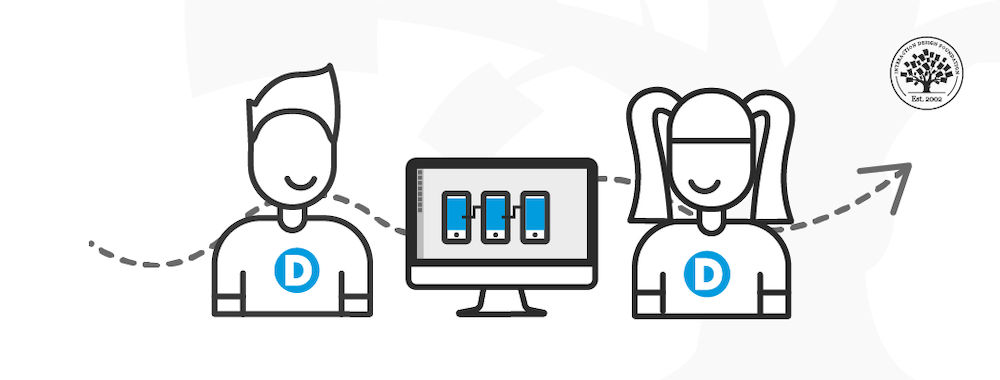Many years ago, I worked as a salesman in a call center. One of the techniques we used to use to persuade slightly reticent prospects to become clients was called the “lost sale close”. It worked something like this:
The Lost Sale Close
Let’s say I’d just spent 30 minutes on the phone with a really good potential customer. They’d made the appropriate noises of delight during the process. They’d sounded really excited by the offering. Then when I asked for the deal… they asked for more time to think or they flat out said; “Thanks but no thanks.”

This is incredibly frustrating because as a salesman there are not enough hours in the day to have long calls fail. It’s also frustrating because you know you were doing nearly everything right but you couldn’t put your figure on what went wrong.
So… what we’d do is this. If someone’s client was nearly there and then said “No thank you”. One of the other salespeople would call that client and pretend to be their manager. They’d say something like this;
“Hi, I’m Jim and I’m Nick’s manager. I overheard the conversation you’ve just had with Nick and I was wondering, for the purpose of making Nick a better salesman, if you could explain why you decided not to take the product?”
In about 50% of cases this would then lead to the customer raising their objection, your colleague would handle this objection and the sale would be made.
The Abandoned Cart and the Lost Sale Close
Now, it’s not going to be possible for most e-commerce teams to call around the world endlessly to ask why their customers abandoned their shopping carts. However, you can apply a similar principle to your abandoned carts.

You can create an e-mail (well at least assuming that you at least got the prospect’s e-mail address before they jumped ship on your cart – this can be easily addressed by making entering an e-mail address the very first thing in your cart process) that is sent to the people who abandoned your cart.
You can make this conciliatory; e.g. you can say that you’ve noticed that they abandoned the shopping cart and that you hope this wasn’t due to an internet outage etc. You can then include a link back to the cart (ideally with their goods still in it) to enable them to continue shopping now.
Alternatively, if you think that your ordinary sales process is a bit too long for some people – you could include a link to a truncated process and get them shopping again.
There are claims that this can enable 30%+ of shoppers to come back and complete the shopping cart process. We’d be a bit cautious of those numbers but we do know that a single sale recovered is always worth having. Creating abandoned cart e-mail letters is a no-brainer if you’re looking to improve the UX of your e-commerce processes to increase sales.
Image Sources: Cart Rescuer (link to image), Business 2 Community (link to image), Mashable (link to image)











